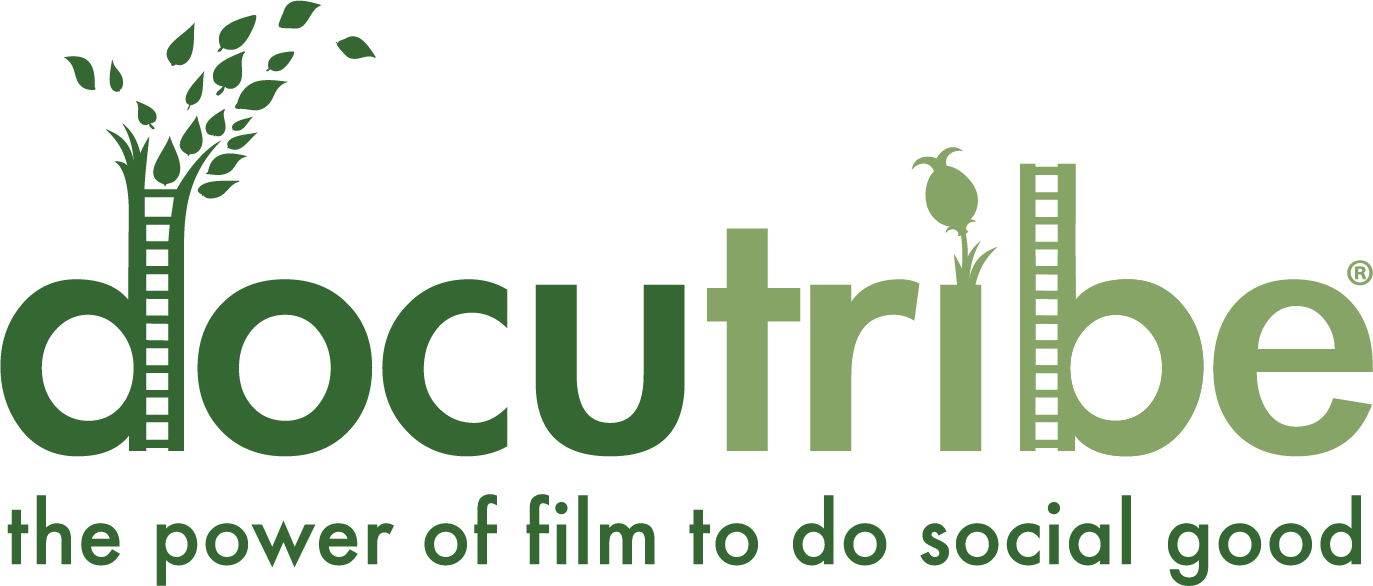A Brief History and science Of Storytelling
Ukrainian version here.
______________________________________________
Storytelling is intrinsic to human behavior, predating civilization by at least 20,000 years. One of the earliest examples of human storytelling on record is the drawings of the Chauvet Cave in France, which date to 30,000 BCE Humans are hardwired to record and share their stories. Stories have evolved through oral traditions into the written word, the printing press, and computers and all the mediums those inventions have influenced. Humans have also never abandoned the affinity for the visual story, which has evolved through time, often intersecting with written language and often standing on its own. Pictograms evolved into writing as well as being a visual artform. Drawing, painting, and sculpture eventually led to photography, film, and video.
With the rise of social media, humans are creating personal oral and visual storytelling on a global level, interacting in ways that would never have been imagined only a decade ago. Some people argue that social media is the end of storytelling, whereas others argue that it’s a new form of storytelling.
Storytelling has a fascinating and long history of evoking both individual and societal learning. Some scholars contend that storytelling is as old as the discovery of fire—possibly predating the earliest known cave paintings by a millennia.. They believe that as soon as the first communities congregated around fires under the night sky, they were telling stories. And How humankind passed down our histories has continued to evolve over the tens or even thousands of years since: from hieroglyphs, to the written word, to oil canvases coated lapis lazuli, to the printing presses and photographs, and to the advent of film–we have used every medium of communication to tell stories.
Today, through social media, we have brought storytelling full circle to a new age of oral tradition. It is now happening simultaneously on a personal level and global scale—and we are congregating around a “digital campfire” that anyone in the world can join.
It would seem that storytelling is encoded in our DNA no matter what the medium…. Stories engage the sensory cortex and emotional centers of the brain differently than the way other forms of data can.
All of the information we encounter during the day and how we communicate—facts and figures— the bread and butter of any business — are processed by the language centers of the brain known as Broca’s area and Wernicke’s area. These areas accept pieces of information — words, numbers, facts, figures — and organize them into a story from which the brain deciphers meaning. The problem: the story the brain creates is often not the story the information was meant to convey, as the analysis of those facts and figures is subject to an individual’s own biases and interpretation.
Therefore, when using only facts and figures, creator of the content—or sharer of information— can no longer ensure their “audience” will navigate an effective and clear narrative. In the age of misinformation, being able to ensure the narrative is on point has become vital. So oddly, the more context information has, the better we can retain it. This is an old but highly-evolved system that enables us to be effective listeners and communicators.
Research shows that while data is processed in only two areas of the brain, storytelling engages more, in fact multiple areas, including the motor and sensory cortexes (see the diagram above). That means when we hear a story, the sensory cortices and the emotional centers in the human brain become more deeply engaged:
We are not just hearing the words now, we are experiencing them. When the storyteller describes feeling the sand under their feet while walking on the beach, or the smell of freshly baked bread, the listener doesn’t just hear the words but shares the same experience. We hear a violin as the storyteller describes how the bow graced itself gently across strings. Piercing the silent air.
This can also be attributed to what researchers call “neural coupling,” the observation that when a story is told, the listener’s brain displays the same neural reactions as the speaker’s. There’s some debate among researchers regarding some of these findings, but the science clearly demonstrates that storytelling engages emotions, memory, and all the senses, creating an indelible connection to the information.
Research also shows that certain chemicals are released when listening to a story — dopamine and cortisol, which are linked to emotional responses and memory respectively, and oxytocin, which is associated with empathy. All of these chemicals strengthen the listener’s connection to the story, helping to ensure that it’s accepted and remembered as the storyteller intended.
As technology and science continue to advance, many more theories and answers will probably emerge regarding the science of storytelling. This is still a relatively new area of research. What is clear: stories are how humans have always found meaning and made sense of the world. Stories are how “our minds form and examine our own truths and beliefs, as well as how they correlate with the truths and beliefs of others.” The connections and empathy created through storytelling are invaluable to communities both internally (like a family unit) and externally (like a small village or society structure).
It is in this connection that:
We can use storytelling to help shape and transform our tomorrow’s realities by leveraging the power of storytelling and film to educate, make connections, and create a positive impact in our homes and communities.
Back to our free educational resources
Back to our homepage





